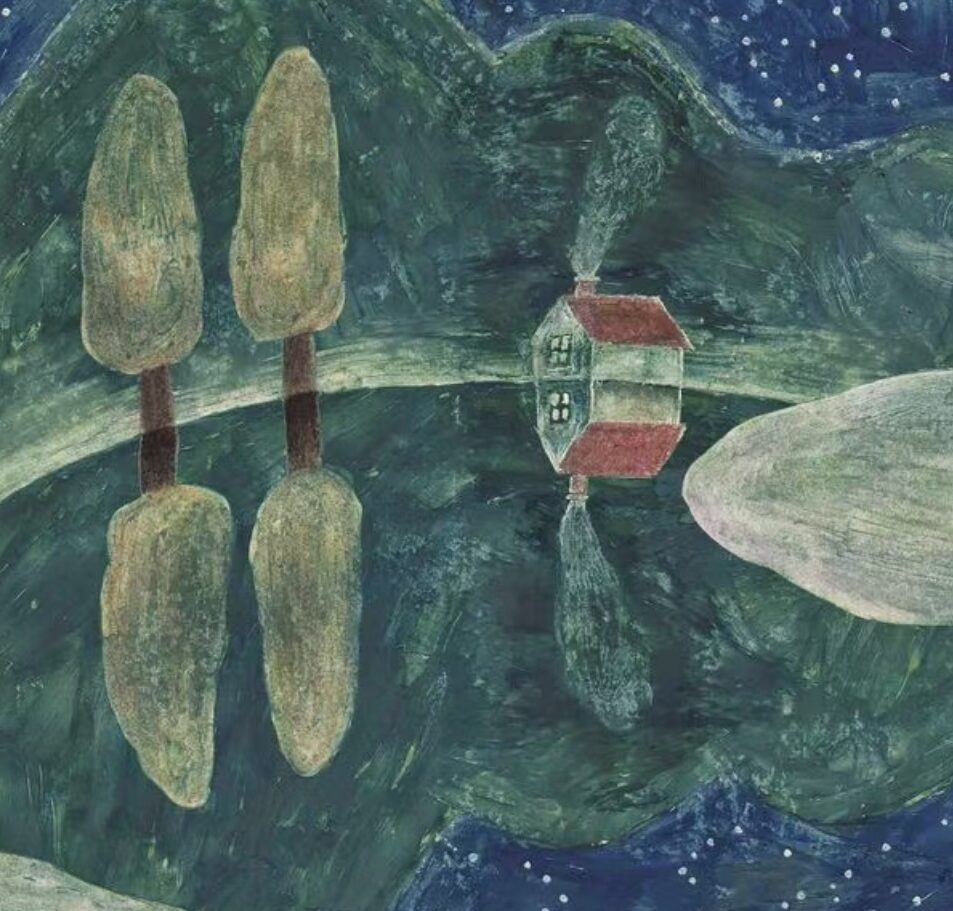Week-2

According to the lectures and preliminary readings from Fallan and Jørgensen in the second week, here are some of my thoughts. I will further supplement them after the reading group if I got some new ideas form others.
The Anthropocene marks a period in which humans have begun to have significant impacts on natural ecosystems and related areas, such as the greenhouse emissions, the rising sea levels, the extinction of some species, and the degradation of the natural environment. This suggests that humans may have become the dominant force in the Earth’s ecosystem (perhaps even beyond the scope of the Earth in the future?). This word reminds me of a concept proposed during the Xi Zhou period in China, where scholars put forward the idea of “man can conquer the sky” or “man overcomes nature,” indicating the belief that human power can overcome natural obstacles and transform the environment because humans are intelligent beings and will ultimately prevail over the nature.
This also reminds me of the dualism between man and nature in the Western world mentioned in class. However, as far as mainstream traditional Chinese thought is concerned, people are more convinced that humans and nature are a together as one,and we are all obeying a ‘law’, this ‘law’ travels through the past and present, constantly operating and changing. It is so large that it can even reach far away, but it naturally returns to the original state. This reminds me of the statement mentioned in the lecture in the second week that the environment is an organism. It is constantly being rebuilt. As long as life exists, it will never die.
Perhaps the system of the environment is like the ‘law’, It exists in the past, present and future. Its breadth ranges from the molecules in our bodies to the outside of the atmosphere, and back to the cells of living things. They are all in a cycle, which also makes me realize the importance of environmental design, because we are a link in this cycle that cannot be ignored.
The example of the plastic flamingo reminds me of the recent discovery of trace amounts of plastic in human blood clots. As an artificial material, plastic has been integrated into the environment as a whole from the moment it was born.
Just as plastic products that cannot be broken down are thrown into the ocean, eaten by marine life, and decomposed in the body, the plastic becomes a molecular-sized presence in fish. And after humans eat fish contaminated by plastic, the microplastics smaller than 10um have also been found in the blood. (In some studies, plastic particles have also been extracted from human feces, so some plastics will still be excreted into the outside world and exist in the form of particles in soil and other substances?) This once again supports the statement of natural cycles. In my opinion, things in this cycle are constantly integrating. It can penetrate into cells and affect various biological systems.

Andy Goldsworthy with his artwork
I also discovered an artist who illustrates the integration of nature and culture, Andy Goldsworthy uses original elements of nature, such as fallen leaves, branches, ice, stones, rivers, wild fruits to create works. The works are integrated with the surrounding environment, like a part of nature, and the shape of the works is in harmony with the surrounding environment. The naturally contrasting colors and lines seem to violate the laws of nature. Combining art and nature to create natural ‘sculptures’, and explore the relationship between civilization and environment.
Reference:
Jørgensen et al. (no date) Environmental histories of design,Environment and history, 2015, Vol.21 (4).
Carrington, D. (2022) ‘Microplastics found in human blood for first time’, The Guardian .
Laozi et al. (2023) Tao Te Ching. Barcelona: Alma Editorial.





